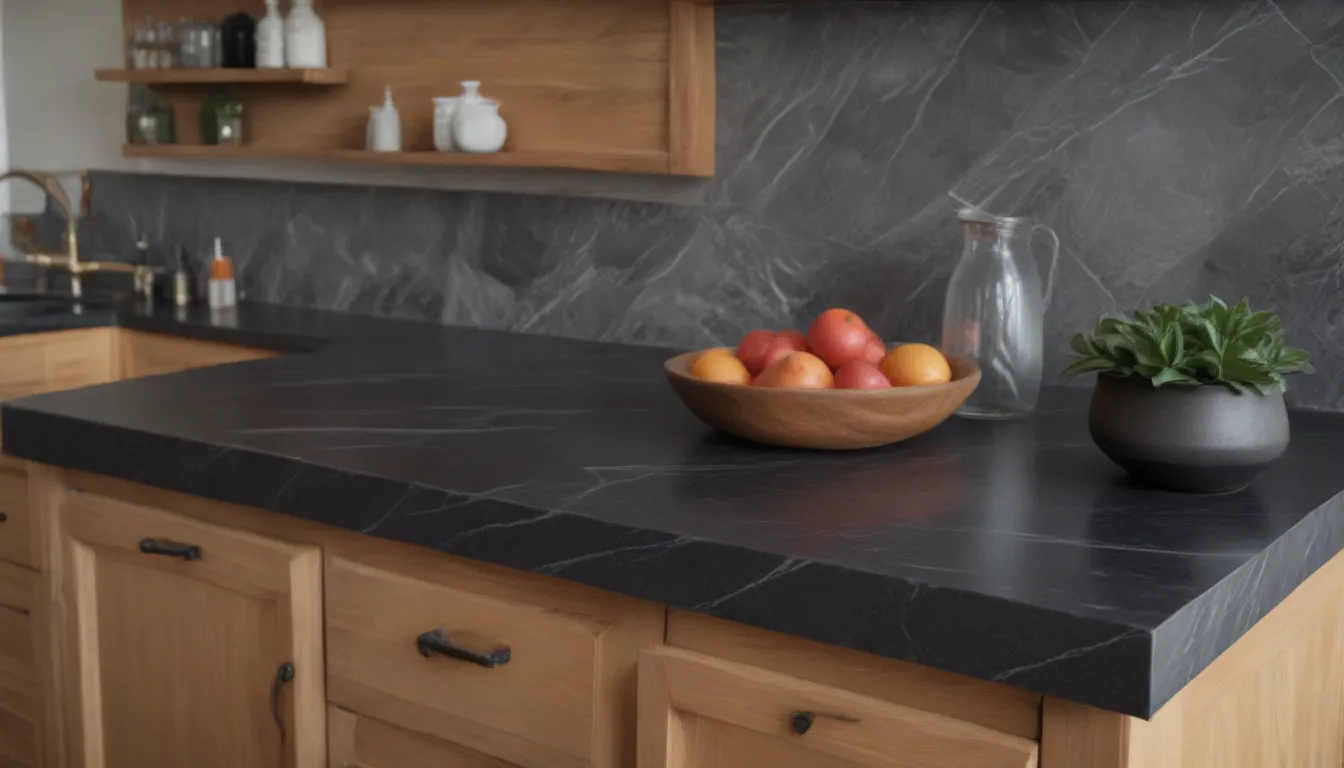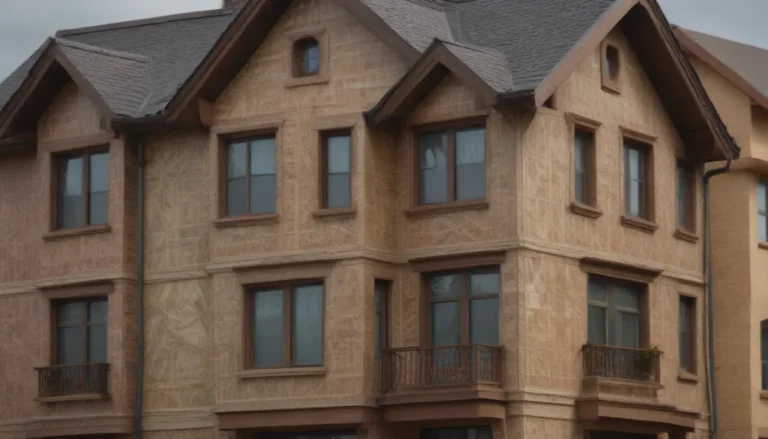The Ultimate Guide to Soapstone Countertops: Everything You Need to Know

If you are in the market for a kitchen countertop that is not only aesthetically pleasing but also low-maintenance and heat-resistant, then soapstone might be the perfect choice for you. In this comprehensive guide, we will delve into everything you need to know about soapstone countertops, from their composition to their pros and cons, as well as how to incorporate them into your kitchen design effectively. Let’s dive in!
What is Soapstone?
Soapstone, also known as steatite, is a natural stone material that contains talc, chlorite, and dolomite. It has been used for centuries for various applications, including statues, fireplaces, and cookware. In recent years, it has gained popularity as a material for kitchen countertops and sinks. Soapstone is known for its softness, which gives it a smooth texture similar to a bar of soap. It is also dense and highly heat-resistant, making it an excellent choice for kitchen countertops. Additionally, due to its nonporous nature, soapstone does not require sealing like other countertop materials such as granite or marble.
Pros of Soapstone Countertops
- Stain- and Heat-Resistant: Soapstone is naturally nonporous, making it stain-resistant and heat-resistant. It is also antimicrobial, making it a hygienic choice for kitchen surfaces.
- Naturally Patinas: Over time, soapstone countertops develop a unique patina as they oxidize, giving them a distinct character.
- Durable: Soapstone is highly durable and does not chip or crack easily, making it ideal for high-traffic kitchen areas.
Cons of Soapstone Countertops
- Easily Scratches: While soapstone is resistant to chipping and cracking, it can develop dents and scratches over time.
- Requires Regular Maintenance: To keep soapstone countertops in top condition, regular mineral oil treatments are recommended to maintain their luster.
- Limited Color Options: Soapstone is available in limited colors, primarily light gray, deep charcoal, or soft white shades, with subtle veining in shades of green or blue.
- Cost: Soapstone countertops can be expensive, especially for rarer shades or veining patterns.
Types of Soapstone
- Aged: Achieved through repeated mineral oil or wax treatments, aged soapstone countertops have a deep charcoal appearance.
- Oiled: Regular coats of mineral oil produce a rich color and highlight the natural veining of oiled soapstone.
- Natural: Untreated natural soapstone showcases its innate color and is nonporous and stain-resistant.
Incorporating Soapstone Countertops in Your Kitchen
Combine Marble and Soapstone Countertops: For a versatile kitchen design, consider combining marble and soapstone countertops. Use soapstone for food prep areas and marble for lighter tasks such as washing vegetables.
Dramatic Soapstone Countertops: Opt for soapstone countertops with striking veins or streaks to add a unique touch to your kitchen design. Pair them with vintage-inspired elements for a cohesive look.
Farmhouse Kitchen with Soapstone Countertops: Create a farmhouse feel with soapstone countertops that contrast with white cabinetry and vintage fixtures for a classic Americana vibe.
Oak Cabinets Paired with Soapstone Countertops: Add a modern touch to traditional oak cabinets by pairing them with soapstone countertops and stainless steel appliances for a rustic yet contemporary look.
Soapstone Countertop in a Luxurious Kitchen: Elevate the glamour of a traditional kitchen with a veiny soapstone countertop, gold accents, and colorful cabinetry for a luxurious aesthetic.
Kitchen Island with Soapstone Countertop: Enhance your kitchen’s functionality by adding a soapstone countertop island that doubles as a dining table, providing additional workspace and seating.
Pewter Gray Soapstone Countertop: Opt for a cool pewter gray soapstone countertop with swirls of dark gray and white for a visually interesting focal point in your kitchen.
Black and White Kitchen Brimming with Rustic Style: Embrace modern farmhouse style with durable soapstone countertops in a black and white kitchen. Contrast the countertops with stained wood accents for added warmth.
Bright Yellow Kitchen with Soapstone and Butcher Block Countertops: Create a vibrant kitchen design with nearly black soapstone countertops and a matching backsplash. Incorporate a maple butcher block countertop on the island for additional functionality.
Charcoal Gray and Blue Soapstone Countertop: Infuse rustic charm into a contemporary kitchen with a charcoal gray and blue soapstone countertop that adds old-time country style to the space.
Expert Insights on Soapstone Countertops
This Blogger Loves Soapstone Countertops: Home improvement blogger Joan of For The Love of a House praises soapstone countertops for their low-maintenance qualities but emphasizes the need for regular care to maintain their appearance.
How to Fake the Look of Soapstone: Decor blogger Colleen of Lemon Thistle shares tips for achieving the look of soapstone countertops on a budget using Formica laminate. Pair the laminate with a drop-in sink for added durability.
Combine Cool Soapstone Countertops with Warm Wood Accents: Create a balanced kitchen design by combining soapstone countertops with warm wood accents like butcher block stations and hardwood floors for a cozy and inviting feel.
Midcentury Inspired Kitchen with a Soapstone Countertop: Pay homage to mid-century modern style with a boomerang-style kitchen island featuring a soapstone countertop, complemented by turquoise cabinetry and warm wood details for a timeless aesthetic.
In conclusion, soapstone countertops offer a mix of durability, heat resistance, and unique patina that make them a desirable choice for kitchen surfaces. While they may require regular maintenance and come in limited color options, their timeless look and functional benefits make them a valuable addition to any kitchen. Whether you prefer a classic farmhouse style or a modern aesthetic, soapstone countertops can elevate the design of your cooking space. Consider incorporating them into your kitchen renovation for a stylish and practical upgrade.





